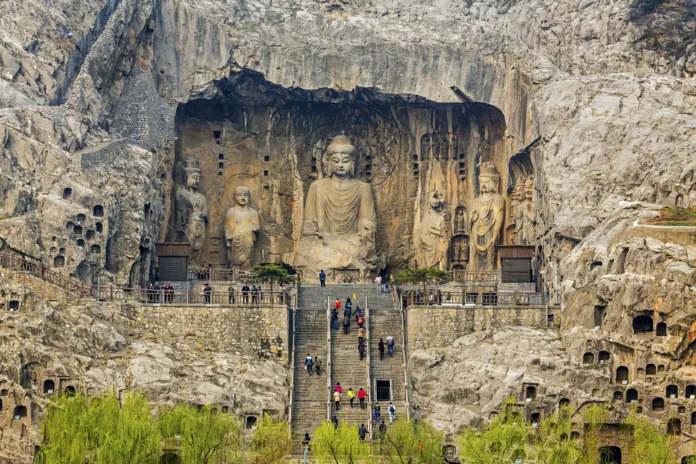Time, the relentless sculptor, has etched its passage onto every corner of our planet. Yet, amidst the ever-shifting sands of history, stand defiant testaments to human resilience – cities that have witnessed the rise and fall of empires, the evolution of civilizations, and the ebb and flow of cultures for millennia. Today, we embark on a captivating journey through some of the world’s oldest continuously inhabited cities, where the whispers of antiquity mingle with the pulse of modern life.
Damascus, Syria: 11,000 Years of Enduring Legacy
Nestled amidst the fertile plains of Syria, Damascus lays claim to the coveted title of the world’s oldest continuously inhabited city. Archaeological evidence unearthed at Tell Aswad paints a vivid picture of settlements dating back a staggering 11,000 years, whispering tales of Neolithic communities who laid the foundation for this ancient metropolis. Damascus has borne witness to the grandeur of empires like the Akkadians, the Ottomans, and the Umayyads, each leaving behind architectural marvels that stand as silent guardians of the city’s rich tapestry. From the bustling souks overflowing with vibrant spices to the awe-inspiring Umayyad Mosque, Damascus continues to breathe life into its glorious past, captivating every visitor with its timeless charm.
Jericho, Palestine: Cradle of Civilization
Emerging from the dusty plains of the West Bank, Jericho’s ancient walls whisper tales of human habitation stretching back a staggering 10,000 years. The city’s archaeological treasures, including the imposing Tell es-Sultan mound and the remnants of Jericho’s prehistoric walls, paint a vivid picture of early human settlements and agricultural advancements. Jericho’s biblical significance adds another layer of intrigue, with its walls famously tumbling down at the sound of Joshua’s trumpets. Today, this oasis city pulsates with a unique blend of ancient history and modern life, offering visitors a glimpse into the cradle of civilization itself.
Byblos, Lebanon: Where Alphabets Were Born
Basking on the sun-kissed shores of the Mediterranean, Byblos, in Lebanon, boasts a legacy that intertwines with the very essence of human communication. Archaeological evidence points to settlements dating back 7,000 years, making Byblos one of the world’s oldest continuously inhabited port cities. Its strategic location fostered cultural exchange and innovation, leading to the development of the Phoenician alphabet – the precursor to most Western alphabets. The city’s ancient harbor, temples, and necropolis stand as testaments to its maritime prowess and cultural influence, while modern Byblos enchants visitors with its charming old town and picturesque beaches.

Varanasi, India: Eternal City on the Ganges
Varanasi, nestled along the sacred Ganges River in India, embodies the timeless essence of Hinduism. Archaeological excavations have unearthed evidence of settlements dating back 3,000 years, solidifying its place as one of the world’s oldest continuously inhabited cities. For Hindus, Varanasi is a holy city, a spiritual sanctuary where life and death intertwine on the ghats lining the Ganges. The vibrant life pulsating through its narrow alleys, the aroma of incense wafting from ancient temples, and the echoing chants of pilgrims create a sensory symphony that transports visitors to a realm steeped in devotion and tradition.
Luoyang, China: Cradle of Dynasties
Luoyang, in central China, boasts a legacy as the cradle of thirteen dynasties, stretching back over 4,000 years. Its strategic location along the Yellow River fostered agricultural prosperity and cultural exchange, making it a center of power and influence for millennia. The awe-inspiring Longmen Grottoes, housing thousands of intricate Buddhist sculptures, stand as testaments to the city’s artistic and religious significance. Today, Luoyang hums with the energy of a modern metropolis, yet its ancient treasures, including the Shaolin Temple, the birthplace of kung fu, whisper tales of a glorious past.
These are just a few of the world’s countless ancient cities, each with a unique story etched in its streets and stones. As we explore these living museums of history, we gain a deeper understanding of the human journey, appreciating the resilience and ingenuity of our ancestors who laid the foundation for the world we inhabit today.
So, the next time you find yourself walking down a bustling city street, take a moment to listen to the whispers of antiquity echoing from beneath the pavement. They might just tell you a story you never knew you needed to hear.




